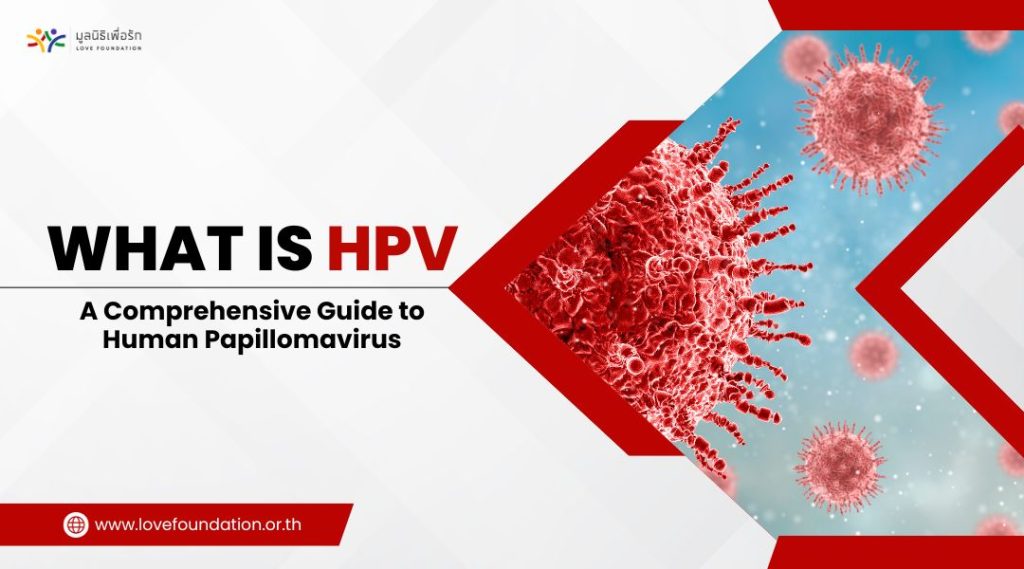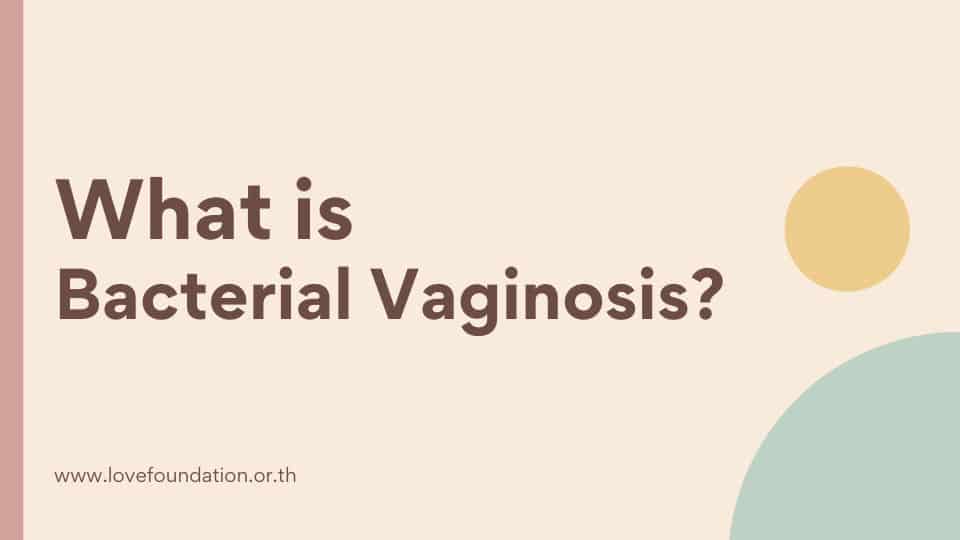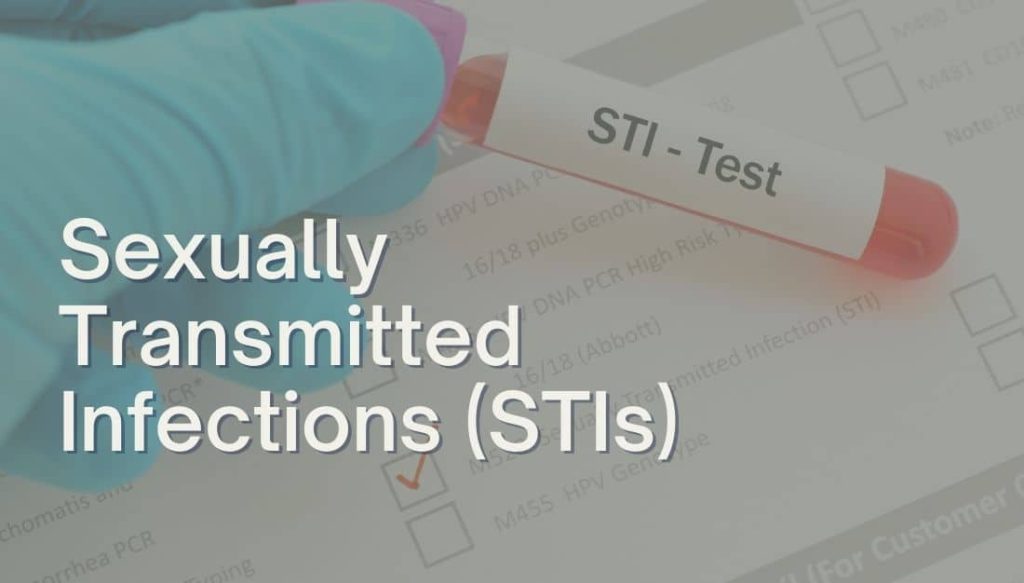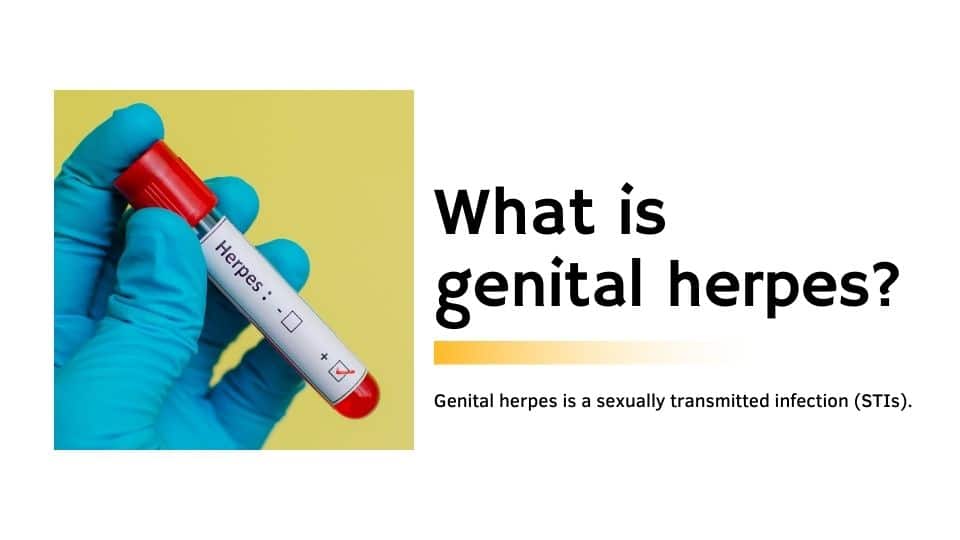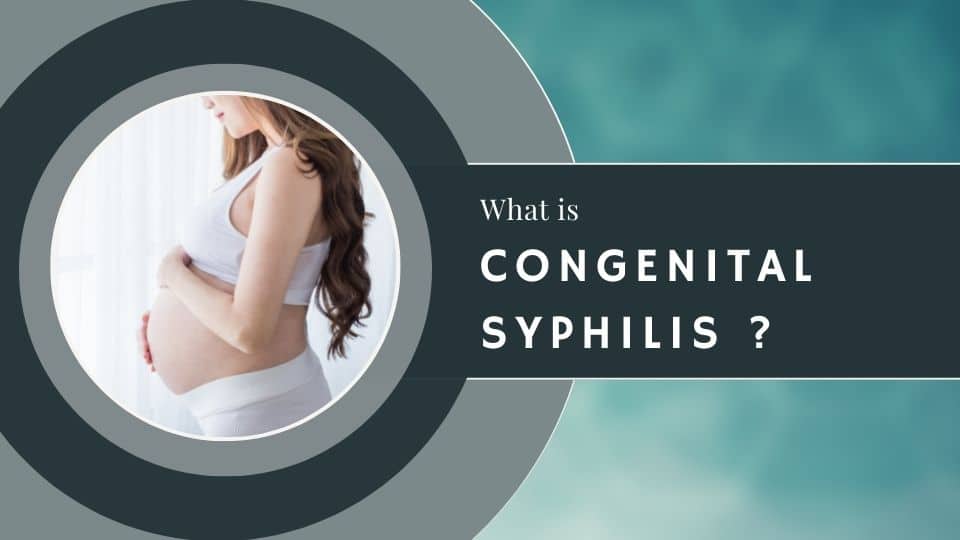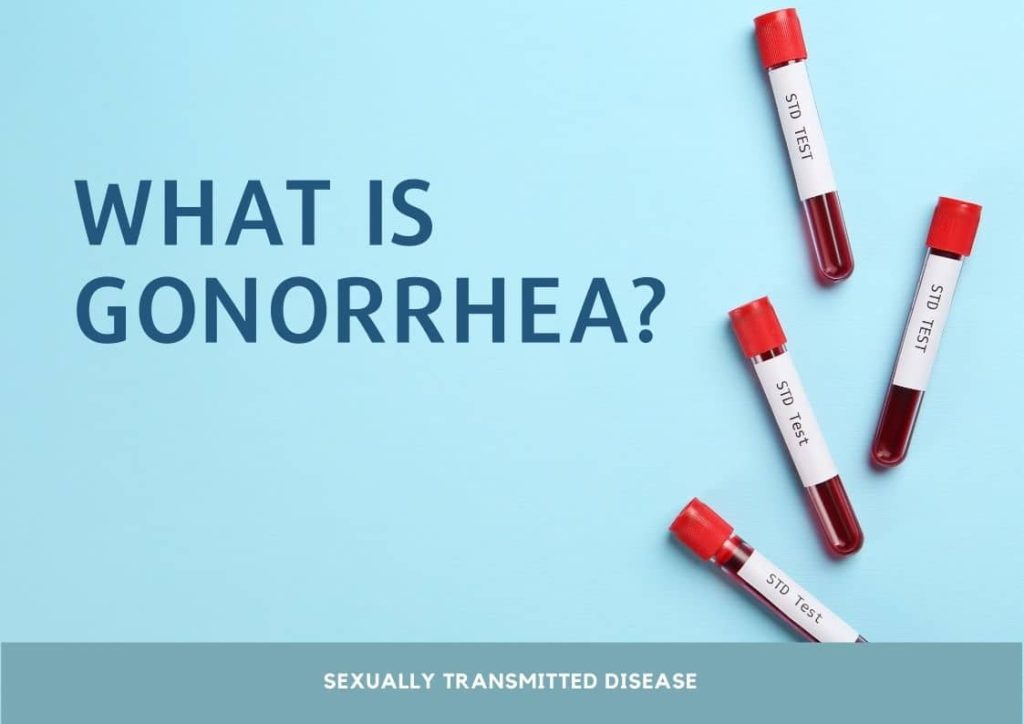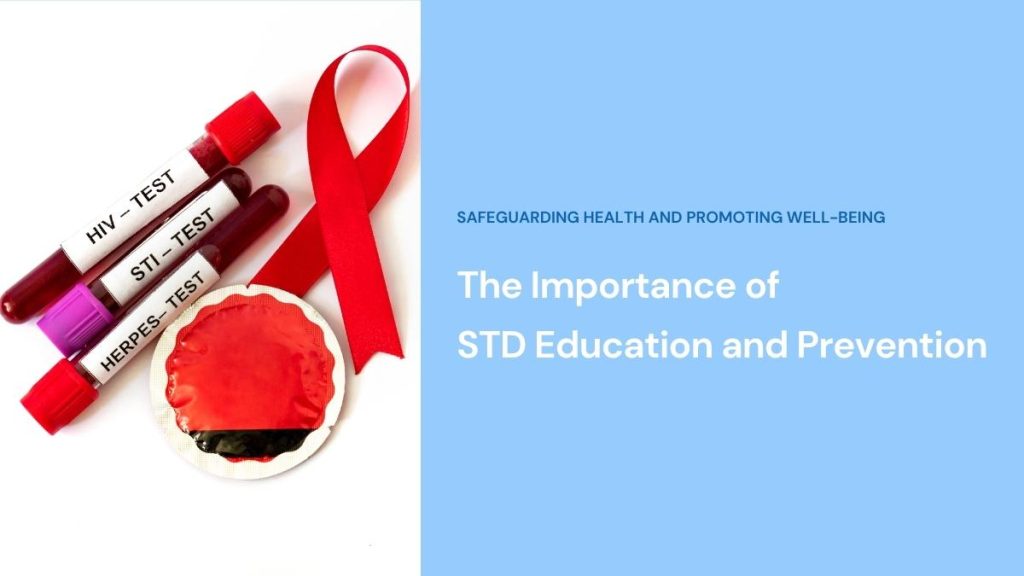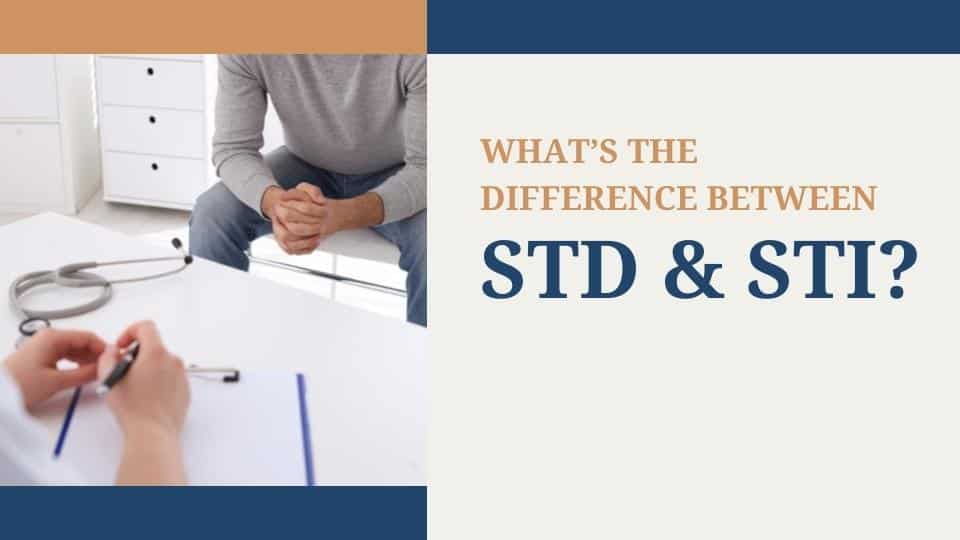If you’re seeking help on what HPV (Human Papillomavirus) is and want to become well-informed about this common yet often misunderstood virus, you’ve come to the right place. This comprehensive guide delves into the world of HPV, explaining its types, symptoms, transmission, prevention, and treatment options. By the time you finish reading, you’ll be equipped
Category Archives: STI
Bacterial vaginosis (BV) is an infection of the vagina. It results from a change in the normal balance of vaginal bacteria. BV usually doesn’t cause any other health problems. But it can lead to issues, especially when you’re pregnant or trying to get pregnant. BV is a disturbance in the mix of bacteria in the
More than 30 different bacteria, viruses and parasites are known to be transmitted through sexual contact. Eight of these pathogens are linked to the greatest incidence of sexually transmitted disease. Of these, 4 are currently curable: syphilis, gonorrhoea, chlamydia and trichomoniasis. The other 4 are viral infections which are incurable: hepatitis B, herpes simplex virus
What is genital herpes? Genital herpes is a sexually transmitted infection (STI). This STI causes herpetic sores, which are painful blisters (fluid-filled bumps) that can break open and ooze fluid in the genital area. Genital herpes passed on through vaginal, anal and oral sex. Treatment from a sexual health clinic can help. Symptoms clear up on their
What is congenital syphilis? Congenital Syphilis is when your baby is born infected with syphilis. The only way your baby can get congenital syphilis is if you have syphilis and pass it to your baby. Most of the time, syphilis is passed from mom to baby during pregnancy, but it can happen during vaginal birth if
Chlamydia is a common sexually transmitted infection (STI) caused by bacteria. People who have chlamydia often don’t have outward symptoms in the early stages. Women can get chlamydia in the cervix, rectum, or throat. Men can get chlamydia in the urethra (inside the penis), rectum, or throat. Chlamydia is a common STD that can infect both
Sexually transmitted diseases (STDs) pose significant health risks and can have long-lasting consequences. This article highlights the crucial importance of STD education and prevention in promoting personal well-being and public health. By increasing awareness, providing accurate information, and encouraging early detection and treatment, STD education plays a pivotal role in empowering individuals to make informed choices. Effective
“STD” stands for sexually transmitted disease, while “STI” is short for sexually transmitted infection. You probably already knew that, and you are hoping to find out whether there is any functional or practical difference between the two terms. The answer is more complicated than it appears at first glance, primarily because not everyone in the medical field
Unlike molluscum contagiosum that is caused by the virus Molluscum contagiosum, chancroid spread is a bacterial infection that is caused by the bacterium Haemophilus ducreyi. This infection is characterized by the appearance of painful blisters or sores on the genitalia. The open sores may bleed or break and the bacteria from the fluid can transmit
Another common sexually transmitted infection is herpes, which is caused by the herpes simplex virus (HSV). There are two types of this virus, namely HSV-1 and HSV-2. HSV-1 generally causes cold sores, while HSV-2 usually causes genital herpes. Herpes can spread through vaginal, anal, and oral sex. What are the symptoms of herpes? Most of
